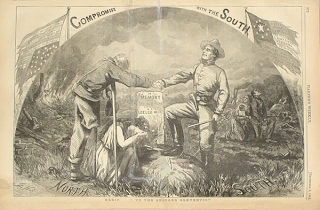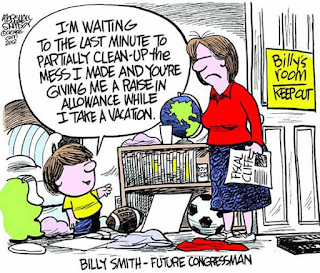Zork is one of the first computer games published; it's played by entering text at a command-line. My co-workers and I took turns playing -- during breaks, of course. It can be an infuriating game to play, but, like most games, sucks you in.
There are sites that offer Zork for play online, no flash or plugins to load. One is Web-Adventures. Here's what the opening screen says:
Before you can get very far into the game, you need to know the available commands. There's a list of them at the Zork Wiki. And, if you don't want to repeatedly find yourself going around in circles, you'll need a map. I found three. One is by St. Ruckus at Tripod. Another is by L.A. Free-Net, where you can find 4 maps and download the DOS games (probably not usable if you've using newer versions of Windows). I've included this third map, found at Iron Realms Entertainment, because it's so artful.
For an interesting history of Zork, check out the article, Eaten by a Grue, by Rob Lammle.
While looking around to playable versions of Zork, I came across Retro Thing, "vintage gadgets & technology," a site you may want to explore. To play Zork and many other games here, you have to sign up.
-- Marge
There are sites that offer Zork for play online, no flash or plugins to load. One is Web-Adventures. Here's what the opening screen says:
Welcome to ZORK.
Release 12 / Serial number 990623 / Inform v6.14 Library 6/7
WEST OF HOUSE
This is an open field west of a white house, with a boarded front door.
There is a small mailbox here.
A rubber mat saying 'Welcome to Zork!' lies by the door.
>
Before you can get very far into the game, you need to know the available commands. There's a list of them at the Zork Wiki. And, if you don't want to repeatedly find yourself going around in circles, you'll need a map. I found three. One is by St. Ruckus at Tripod. Another is by L.A. Free-Net, where you can find 4 maps and download the DOS games (probably not usable if you've using newer versions of Windows). I've included this third map, found at Iron Realms Entertainment, because it's so artful.
For an interesting history of Zork, check out the article, Eaten by a Grue, by Rob Lammle.
While looking around to playable versions of Zork, I came across Retro Thing, "vintage gadgets & technology," a site you may want to explore. To play Zork and many other games here, you have to sign up.
-- Marge





















